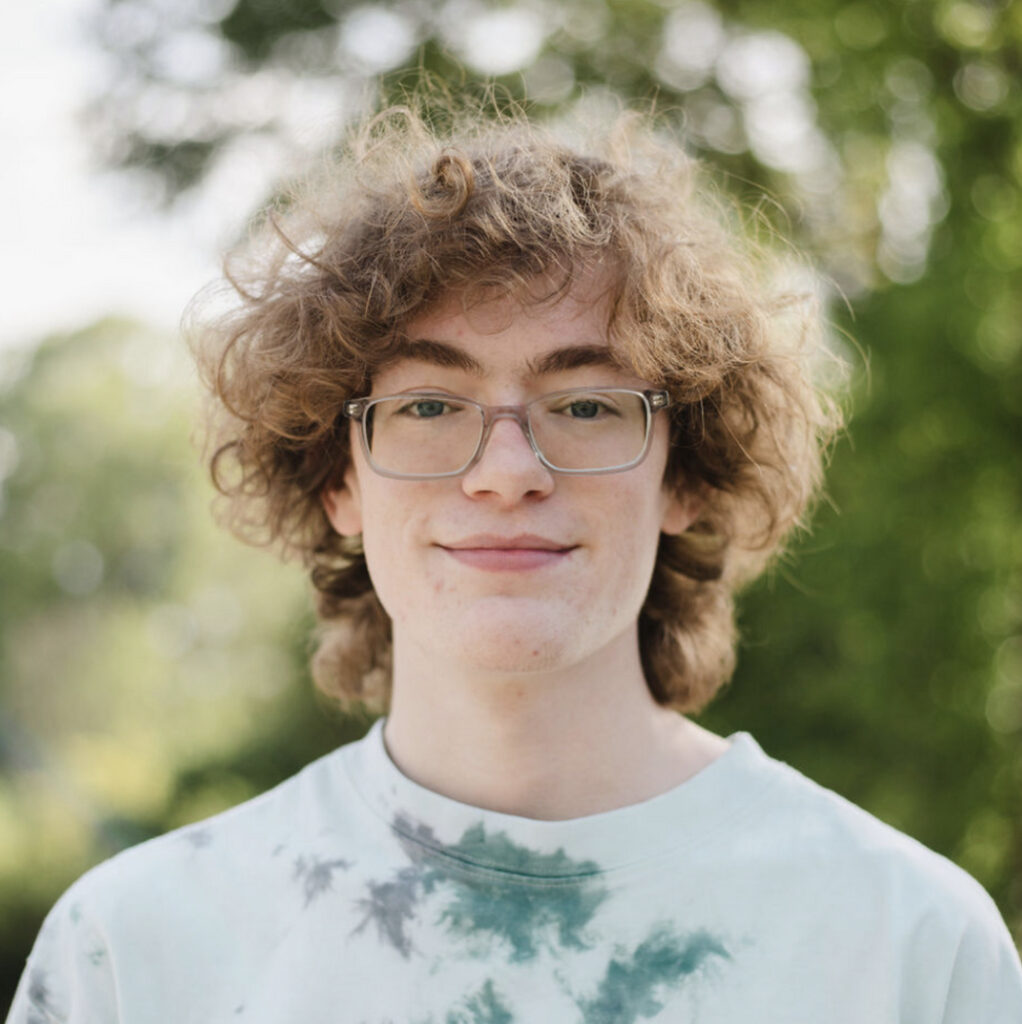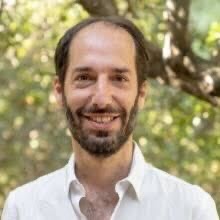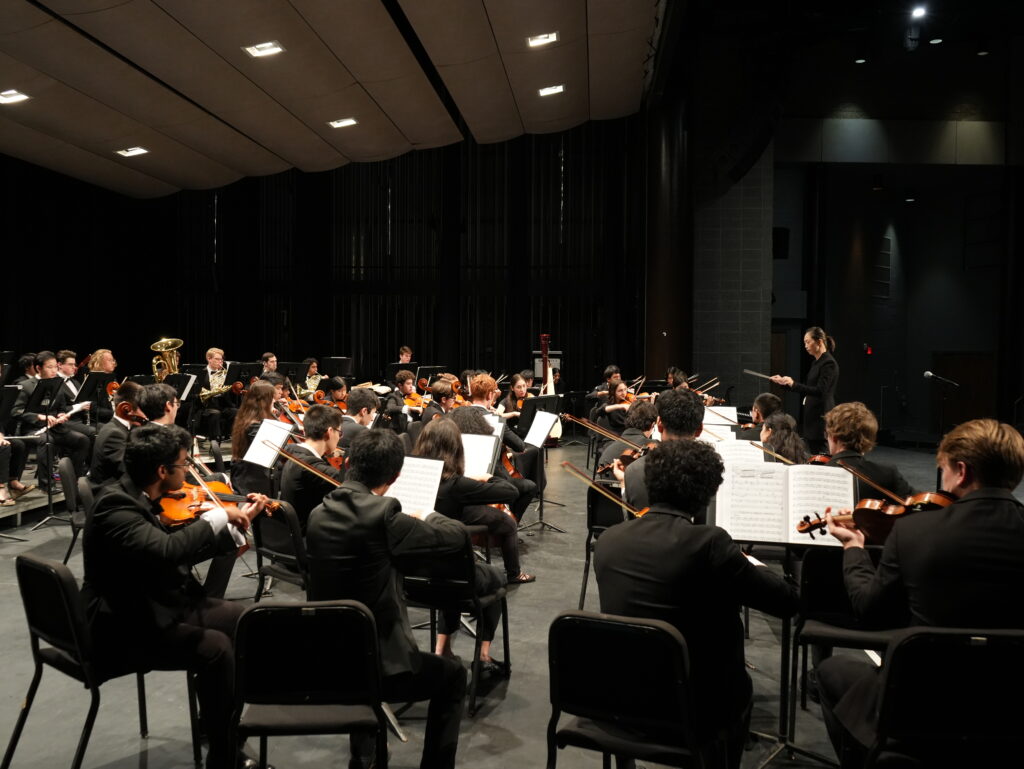
I have been working on several group projects this semester, but it hasn’t been an easy process. Some of my groups are great. We communicate clearly and regularly and finish our work without being rushed – other groups, not so much. This predicament has caused me to develop a great disdain for group projects.
It is important to point out that a group project differs from working in a team in many ways. Ideally, they are the same. In reality, a group operates very differently from the way a team and business does in the real world.
To work on a team, you must first join the team. When you work for an employer, you have chosen that place of business as a place you want to work, and they have chosen you as someone they want to work
for. It is a two-way street. In many of my group projects, I was not given a choice. Most of them were randomly assigned with no option to work individually. I would not prefer to do these projects individually, but I would like the opportunity to choose my team. Additionally, group projects in an academic setting encourage procrastination and laziness. If your group is not working as a team, you have unwittingly entered a more complicated version of the saying “take or steal.”
If everyone in your group does some work, then everyone benefits from its early completion and good grades. However, if everyone holds out, they all secretly hope that someone else will do the hard work; they can benefit from the work getting done while all they have to do is convert the document to a PDF.
This dilemma encourages everyone in the group to wait until the last minute to do anything. You know the feeling. The group chat is dry until the day before the project is due, and you and your group quickly scramble to get something together. When you work on a team, the game theory economic problem is minimized.
Firstly, if teammates chose to join the team, more people want to be there to get their part of the work done. Additionally, team members are judged individually, not as an entire group with one singular output.
Consider a soccer game where one player scores a hat trick, but their team still loses the match. You would say that the individual player played well, but maybe their team’s defense was lacking. Similarly, in the workplace and with hiring, others judge you by how you contribute to the team, not the final output.
Another problem with group projects is that there is rarely enough time to create enough structure to work as a team. Any team you join will likely have some form of structure.
Consider how a sports team has their coach, assistant coaches, a captain, several players in different roles, a
manager and trainers.
That is comparable to a supervisor, your HR representative and your coworker’s seniority at work. Additionally, when you enter the team, you know the role you are entering.
Take, for example, this very newspaper. At the Technique, we have staff writers, assistant editors, section editors, photographers and an editor-in-chief. Everyone knows their role and what they must produce for the paper to be published each Friday. When I started writing, I knew the exact format and hierarchy of the team
I was joining.
These roles take time to form and often shift over the years as a company conducts business, but there needs to be more time to form this structure in a group project.
When you are in a group project with peers, assigning someone in a dominant role who can command the group is frowned upon.
Some professors and educators argue that group projects prepare you for the real world by teaching you how to work with people, but a group project is very different from the real world. Students can learn several useful communication skills from a group project that can carry over to the real world, but working on a group project is different from working in a team. If professors want students to be the best prepared for working on a team in a business setting, I suggest a few things.
Firstly, allow students to choose their partners and to work alone if they prefer; the students typically know best who they can work with and who has a similar work ethic. Secondly, make group projects on a longer time scale, like an entire semester rather than a couple of weeks.
This shift will allow the groups to form a deeper bond and build a structure that will allow them to work as a team.
Finally, create roles for a team or have the creation of roles as a minor part of the assignment. Then, professors can grade each individual on how well they completed their role independent of the outcome. This change would eliminate most of the problems I have discussed and make group projects more like a true real-world team.
The post The commonplace struggle with group projects appeared first on Technique.


